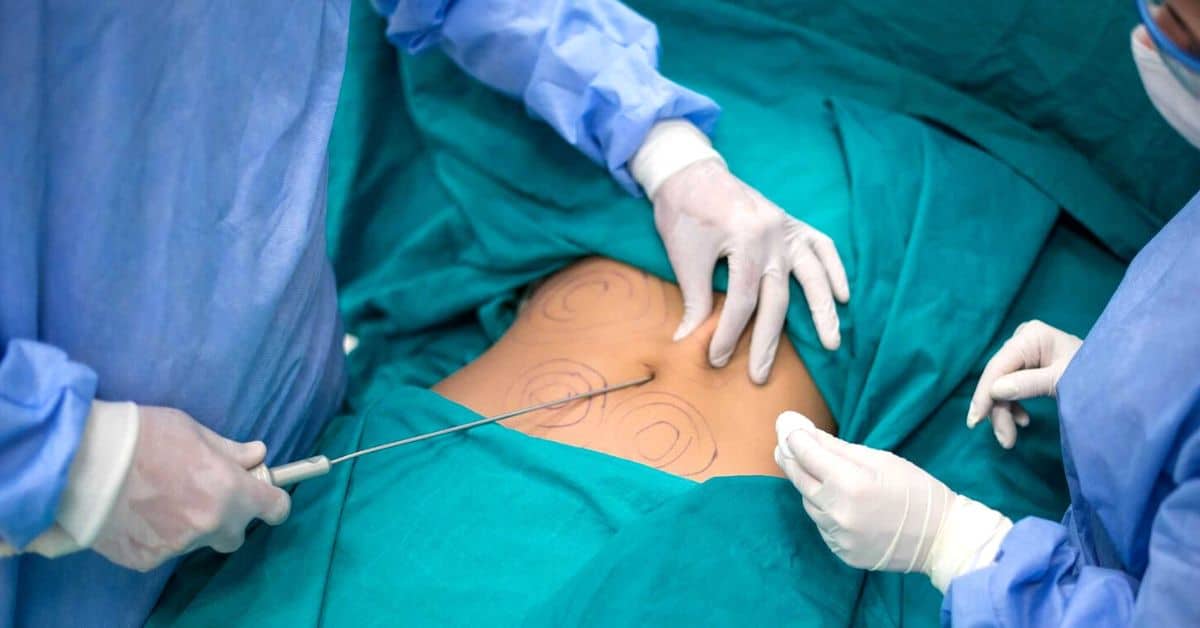- Trigger finger is a common affliction that prevents full movement of one or more fingers.
- Most cases of trigger finger don’t require surgery.
- Procedures for trigger finger surgery are safe and have high success rates.
Trigger finger isn’t dangerous. However, it can be more than just a nuisance. For those who rely on their hands for their work, it can truly hamper one’s performance. But even for people who don’t need their hands in order to do their jobs, the condition is most certainly unpleasant and compromising.
What Is Trigger Finger?
Trigger finger refers to a symptom in the hands that makes extending one’s fingers uncomfortable. In extreme cases, it can outright prevent finger extension. It’s called trigger finger because it often causes the finger to be bent into a hook, resembling a person’s finger when it’s on the trigger of a gun.
Trigger finger can cause a popping sensation in the affected finger, and bring pain and discomfort with it. Sufferers can also feel a lump in their palm or swelling along their fingers.
Repetitive movements like typing, playing an instrument, or gripping a steering wheel are often blamed for trigger finger. The true cause, however, is unknown and still up for debate.
It’s a relatively common condition, an estimated 2-3% of the population will develop trigger finger or trigger thumb over their lifetime. The rates are notably higher for those with diabetes — roughly 10%. It most commonly affects people in their 50s and 60s. Women are affected more often than men, though it can happen to anyone at any time.
Diagnosis and Nonsurgical Treatments
Your doctor doesn’t need any special equipment to diagnose trigger finger. A description of your symptoms and an examination of your hand is usually enough — which means no X-rays.
The vast majority of trigger finger cases can be treated without surgery. Non-surgical options are varied, but also vary in their efficacy. If your symptoms are mild, a doctor may simply prescribe resting your hand or putting the affected finger in a splint.
Similarly, patients could use over-the-counter anti-inflammatory medications like Ibuprofen. A more significant option is a steroid injection, which provides strong, albeit temporary, relief.
Failing these options, surgery may be necessary. Undergoing trigger finger surgery is usually a personal choice, although your doctor may recommend it. Trigger finger left untreated for the long-term — six months or more — may permanently reduce the mobility of your finger.
Preparation for Surgery
Anyone who’s undergone general anesthesia and serious surgery will be pleased to hear that trigger finger surgery is a relatively straightforward process. It’s almost always an outpatient procedure. Although your doctor will ask you not to eat any food the day of the surgery, you can still drink water.
The whole process generally takes approximately two hours to complete. Only in the rarest of occasions will you need general anesthesia. Patients are typically out of the hospital the same day.
What’s the Procedure?
Since trigger finger is caused by restricted movement in the tendon, the goal is to free up the flexor tendon — specifically the A1 pulley — hence the name trigger finger release. There are generally two options for surgery. Another, less common, approach is usually reserved for situations in which the first two surgical options aren’t suitable: for example, for patients with rheumatoid arthritis.
Percutaneous Release
The less invasive of the two primary options. In this procedure, a doctor will apply a local anesthesia to your hand. They will then use a large-gauge needle to remove the blockage in the tendon sheath. If the affected finger is actually a thumb, for example, the surgeon will extend the thumb and run the needle along the sheath until the blockage is cleared and the thumb extends without resistance.
The operation itself can take as little as twenty minutes and is usually performed in your doctor’s office. Patients will be happy to know that percutaneous release doesn’t leave a scar.
Open Surgery
As it may sound more invasive, your doctor will give you an IV sedative to help you relax and apply a local anesthetic. Open surgery involves making a small incision in the palm to access the affected tendon. The tendon sheath is then cut or the A1 pulley is split to free up movement.
One major benefit of open surgery is that doctors are afforded a clear view of where the problem is. Because there’s an incision involved, you stand a good chance of developing a scar after open surgery.
Tenosynovectomy
The least common option, and only recommended when the first two options aren’t feasible. With tenosynovectomy, a portion of the tendon sheath is removed, allowing for greater movement of the flexor tendon.
Potential Complications
Both percutaneous release and open trigger finger release surgery are generally considered safe surgeries. Because percutaneous release is minimally invasive, complications from it are very rare. The most significant potential complication is an insufficient removal of the blockage, leading to the necessity of open surgery.
On the other hand, one recent study reported minor complication rates from open surgery at 28%. These complications included:
- Soreness of the scar
- Minor infection, requiring oral antibiotics
- A “lag” when the finger is extended
- Re-triggering or continued clicking
The remaining 3% of complications — major complications — required additional surgery or medical care. Major complications included bowstringing, which causes severe loss of extension, nerve damage, and infection.
Overall, however, both procedures have a very high success rate and patients can expect a full recovery.
Recovery: What to Expect
You’ll likely be able to move your finger immediately after surgery — just remember to be gentle. As you might expect, recovery from percutaneous release surgery is generally quicker than open surgery since there’s no incision wound. If you have stitches, your doctor will call you back to have them removed within two to three weeks.
You’ll need to keep a bandage on the wound until it’s healed, and keep it dry. Keeping the wound dry reduces the risk of infection. If you want to take a shower, put a plastic bag over your hand and keep it closed with a rubber band. Of course, if you notice any unusual bleeding or discoloration of the wound or develop a fever, call your doctor right away.
Generally, recovery time for open surgery is approximately six weeks. In some cases it can take up to six months for all the swelling to go away.
Avoid lifting anything heavier than 2-3 pounds for at least two weeks. Similarly, it’s best to avoid sports or heavy labor for a few weeks post-surgery. Keeping a splint on your hand can help remind you not to overuse it.
If you have a desk job, however, you can usually go back to work right away. Just avoid overusing your hand in repetitive motions like typing.
There are a couple of simple things you can do to reduce swelling. First, try to keep your hand elevated above your heart when possible. Second, use an ice pack on your hand — just make sure to wrap it in a towel to avoid hurting your skin. Take at least a half hour break from icing your hand before icing again.
Patients frequently ask if they can drive afterwards. If your hand feels good enough to grip the steering wheel, then go ahead. Just remember that you shouldn’t be driving if you’re taking narcotics such as Vicodin for pain relief.
Of course, your doctor will have specific advice for you.
Get Well Soon: Exercises for Recovery
As with most operations that require hand therapy, your doctor or physical therapist will recommend that you do some light exercises in order to help get your hand back in working order quickly. Not only do these exercises speed up recovery, but they also prevent the buildup of scar tissue that can hamper movement in your finger. Try to repeat these exercises throughout the day.
Exercise 1 — Start with your fingers straight and bend your second and third knuckles inwards to make a hook shape. Straighten your fingers again, and then make a fist. Repeat this exercise 7-10 times.
Exercise 2 — Start with your fingers straight and bend them to a 90 degree angle. Straighten them again, and then touch your fingers to the base of your palm. Repeat 7-10 times.
Exercise 3 — Isolate the tip of the finger that was operated on. Bend and hold the tip straight for ten seconds. Repeat 5 times.
There are other, simple exercises you can do as well. For example, gently squeeze a stress ball. A tennis ball works fine in this scenario. This helps you gently rebuild strength in your hand. Similarly, you can wrap a rubber band around your fingers and push them against the resistance.
How Much Does Trigger Finger Surgery Cost?
The cost of trigger finger surgery isn’t necessarily cheap, and can vary significantly depending on your doctor and location. Open surgery is the most expensive option, typically costing between $2,000-$4,000.
Figures are harder to come by for percutaneous release costs, but in general the procedure is significantly cheaper. In some instances it can be as much as seven times less expensive.









